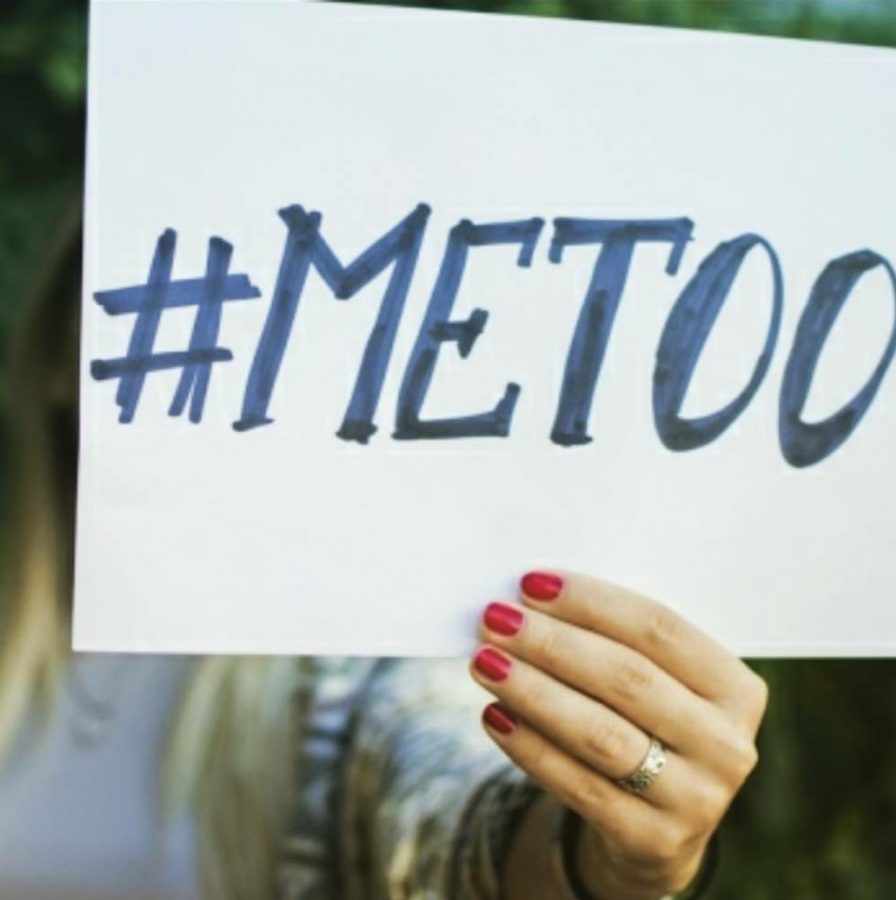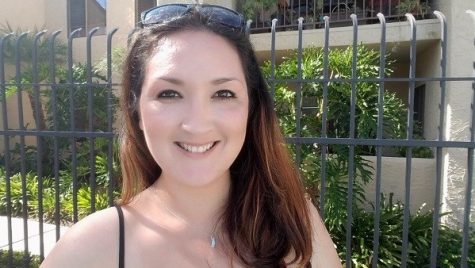As I was scrolling through my Facebook newsfeed Monday afternoon, I saw #MeToo for the first time. Great, an ambiguous hashtag to bring attention to an issue that I would need to investigate to find the meaning of. I assumed it would bring attention to the subject for a week or two and then fizzle out as they usually do. I didn’t realize that whether short-lived or not, this was the beginning of something that could demonstrate the prevalence of sexual harassment and assault that women often deal with at some point in their lives.
My initial reaction to finding out the meaning of #MeToo was, “Who hasn’t?” It seems to be an issue many women do know about and have also experienced, but either we’re used to it and just deal with it or we don’t want to make a “big deal” out of it.
The hashtag started sweeping over social media on Sunday after Alyssa Milano tweeted, “Suggested by a friend: if all the women who have been sexually harassed or assaulted wrote ‘Me too’ as a status, we might give people a sense of the magnitude of the problem.”
After the sexual assault allegations from numerous Hollywood actresses and women in the industry against film studio executive, Harvey Weinstein, #MeToo has given women from all walks-of-life the ability to share their stories or at least let others know that they too have been a victim of sexual harassment or assault.
It’s not just A-list celebrities coming forward, Olympic gold-medalist gymnast McKayla Maroney shared that she had been repeatedly molested by Dr. Larry Nassar, the team doctor for USA Gymnastics. Even Monica Lewinsky, the White House intern known for her affair with Bill Clinton during his presidency tweeted #MeToo this week.
Sadly, #MeToo will only scratch the surface of the number of women that have experienced sexual harassment or assault. Not every woman that happens to use social media is wanting to share their experiences or bring attention to themselves as victims. If there seems to be a lot of #MeToo’s, there’s much more than that, but at least for the time being, we can have some sort of perspective of how many women are victimized.




